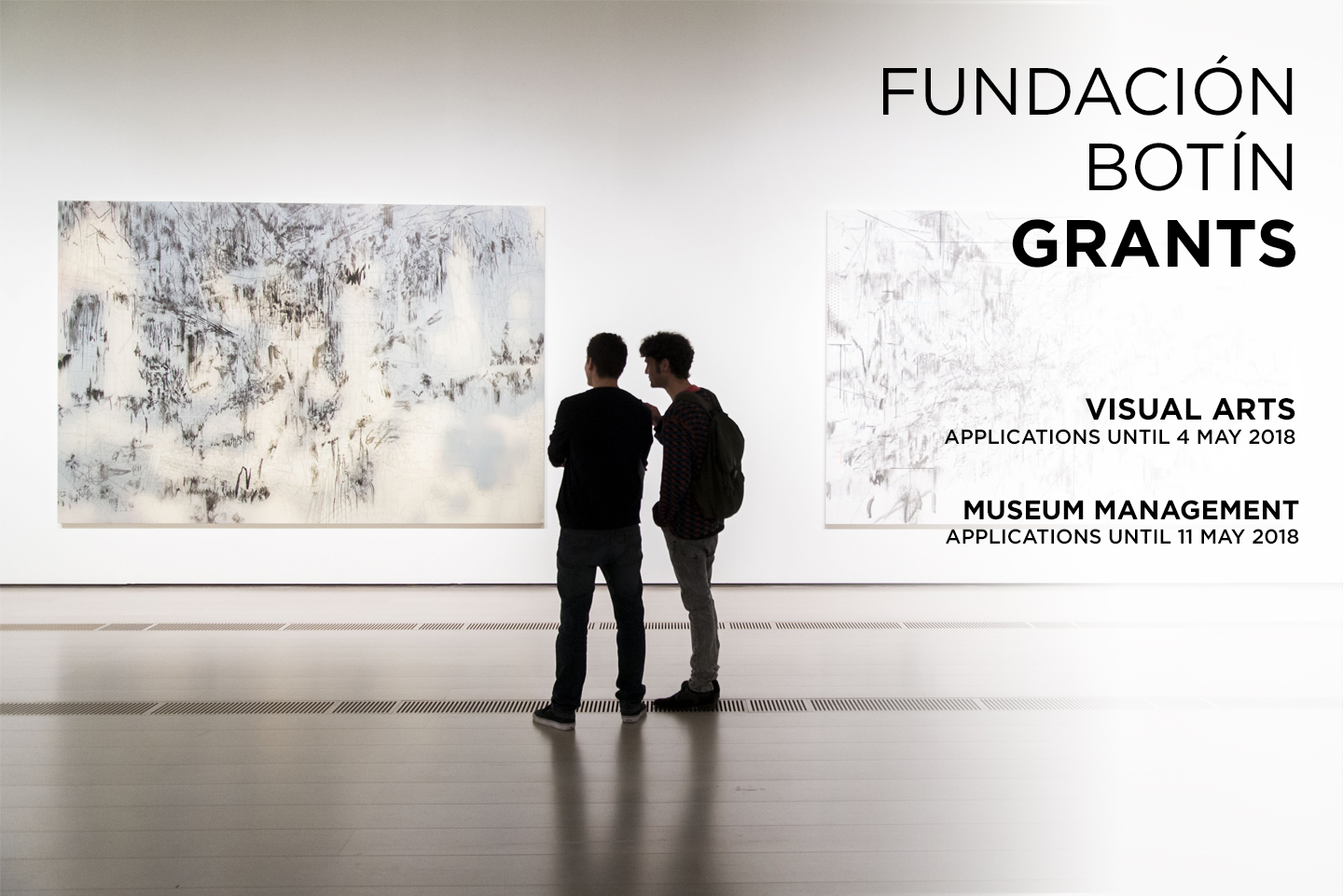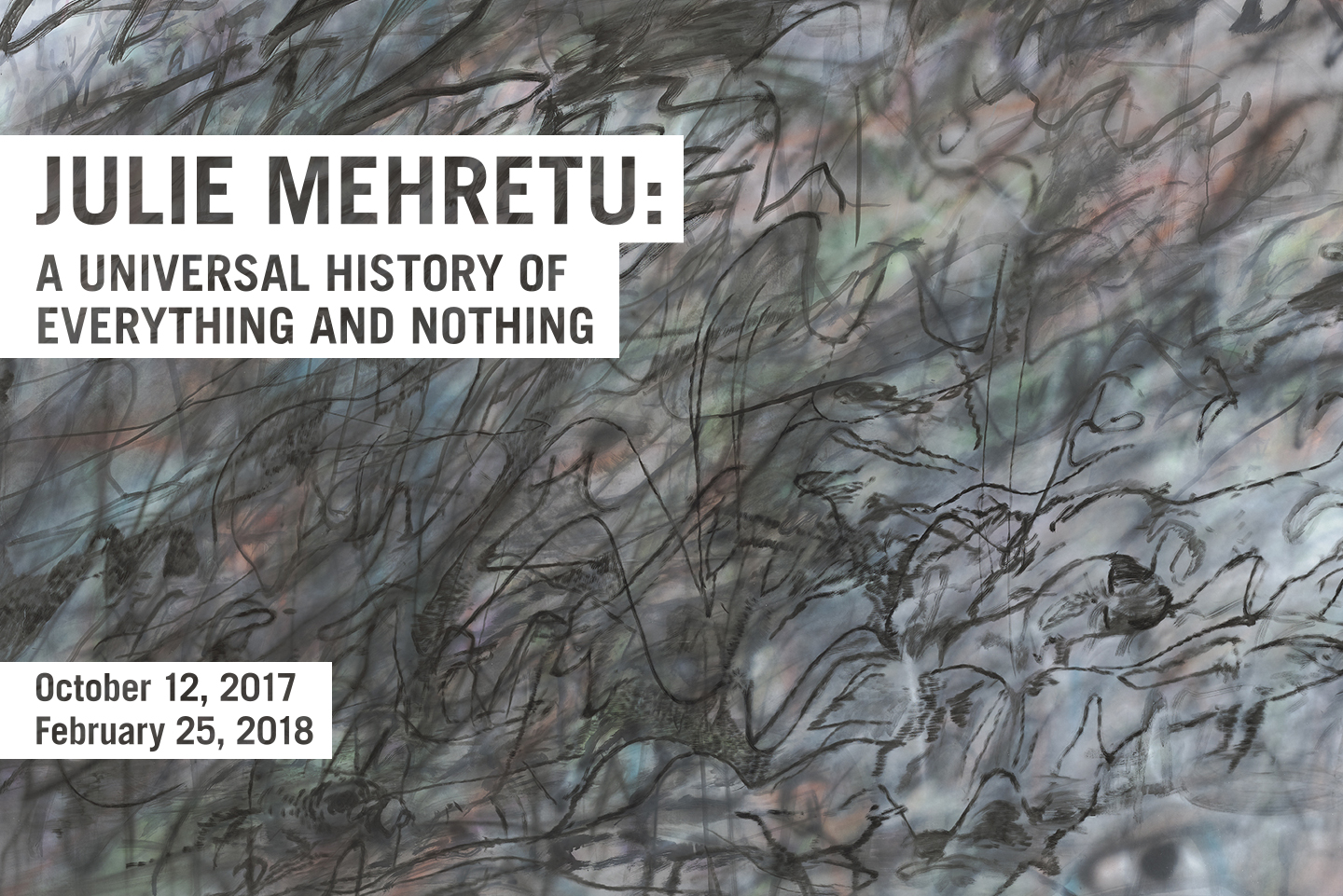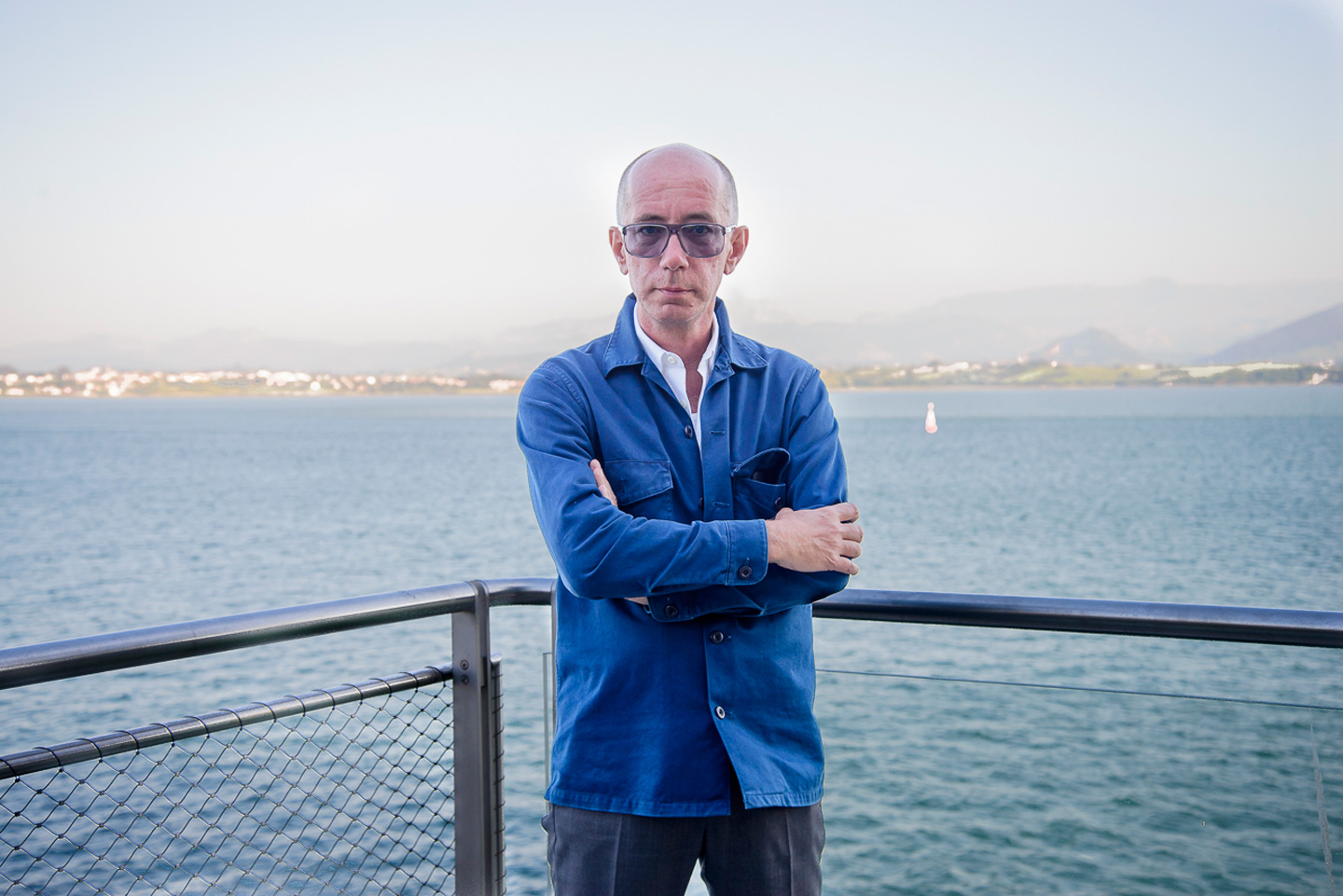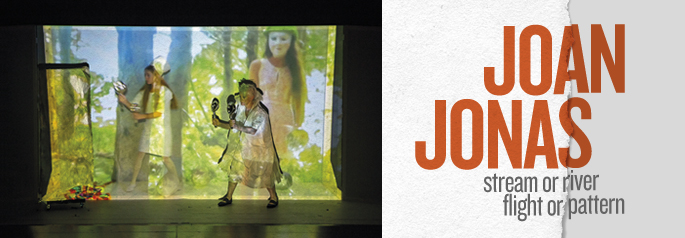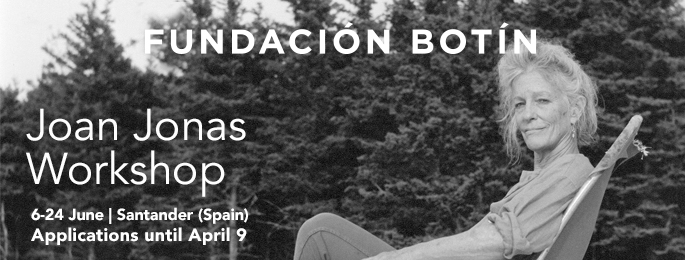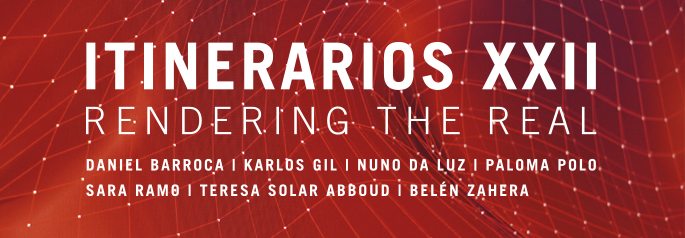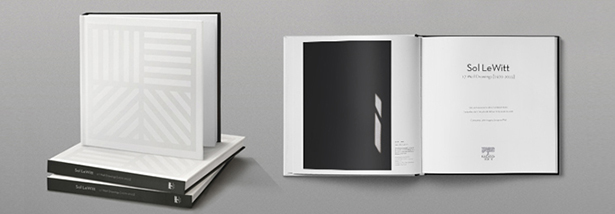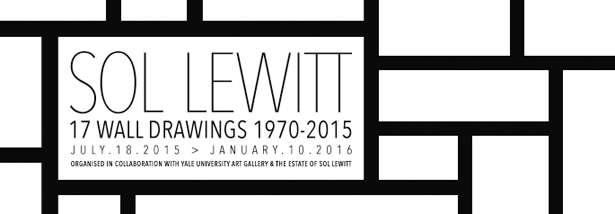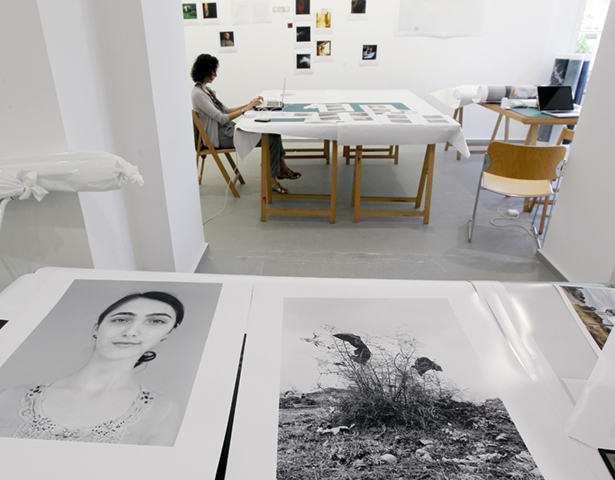Lothar Baumgarten
Los Aristócratas de la Selva y la Reina de Castilla
19 October 2012–6 January 2013
Botín Foundation
Pedrueca 1, 39003 – Santander, Spain
Castelló 18 C, 28001 – Madrid, Spain
T +34 942 226 072
T +34 917 814 132
info@fundacionbotin.org
Los Aristócratas de la Selva y la Reina de Castilla is a work in progress of several different components which interact here within the existing architectural conditions of the exhibition space. The parcours of this presentation has its center in the nave containing the four ship models at a scale of 1:20 of one Coca, two caravels, the Pinta and the Niña, beside the vessel Santa María.
Those ship models signify through their straightforward, magnificent manufacturing, the nautical technology and engineering at the time of the Discovery of the Américas. The Santa María, originally built from the wood of Cantabrian forests, emphasizes the great maritime culture of this rough coast. The boats rest on steel bases, materializing the ocean sea.
The nave’s baldachin is flanked by ten columns which are stained with Onoto seeds (Bixa orellana L.) by hand. A plant source, used for body paint by most South and Central American native peoples. A circumstance which mistakenly led, early on, to the name ‘Red Skin.’ This vibrant pigment and its aroma signify in this piece animism, the belief cosmos of Amerindian societies. Enclosed by chinchorros from the native Warao of the Delta Amacuro in Venezuela, the centre is transformed into the inner sections of a ship itself. It also represents the central plaza of a native house; shapono, maloka, or churuata, as a protected world, mirroring the surrounding cosmos and its firmament. The chain of hammocks creates a barrier making the center inaccessible. It mutates it into a taboo zone and a space of reflection. Surrounded by a score of native river names which represent the rapidly vanishing tongue of the non-writing societies of the; Pemón (Arekuna, Taurepan, Kamarakoto, Ingariko), Yé kuana, Hoti, Panare, Piaroa, Warao, Arawak, Sanema, Yãnomãmɨ, Baré, Makú, Wapishana, Makushi, Wai Wai … All the letters stand out in four colours within the obscure infinity of the enclosing black-painted walls. The configuration of the river names follows partly geographical order and linguistic parameters. They are phonetically composed and in their playful dance they map a typographical landscape of the Guiana shield in Venezuela, Brazil, British Guiana and Suriname. Their archaic melody of native place names and the remains of their many languages will only survive in our maps.
Accompanied in intervals by the music of ‘Luces y Sombras en el tiempo de la primera gran Reina del Renacimiento,’ by Jordi Savall, the sound of the Caribbean Sea and the singing of the Pareshera Tukuí by an Arekuna shaman, this mental space is embraced by the screening of six ethnographic films (108 min). The material for this projection, was generated out of nine hours of 16 mm film, made while I lived among the Yãnomãmɨ at the Alto Orinoco in Venezuela and Brazil for an uninterrupted eighteen months in 1978–80. Their endangered culture is present in this documentary of the last days before collapsing into misery 34 years ago.
A selection from my personal ‘Biblioteca Guayanesa’ is framed by some gelatine silver prints from my Montaigne Series, 1977–1985, which were photographed in La Gran Sabana. All elements, technics and materials are balanced within a canon and integrate seamlessly with each other. They establish a referential momentum for a historical time frame.
The content of this work is only to be accomplished through the full consideration of all involved elements, materials and the sensorial appearance of the surfaces of all shape giving transformations to the space.
Lothar Baumgarten
To host the artwork, the architect Lorenzo Piqueras has conceived the architectural layout of the exhibition space and the furniture, he has also supervised the construction of the ship models.
The ship models of one Coca, two caravels, the Pinta and the Niña and the vessel Santa María were built in a time frame of four months by Adrían Prada, Orienta Si and Cesc Riera.

